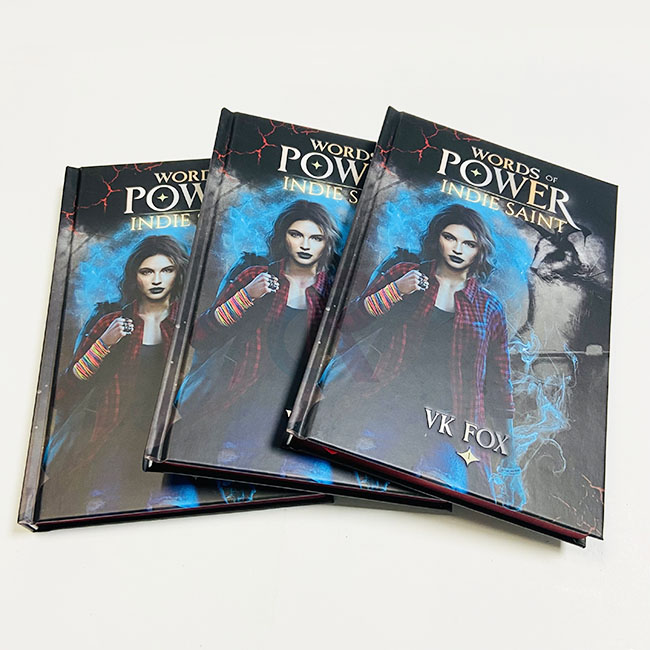An overview of the novel printing process
2024-01-16
Printing novels involves the production of book-length works of fiction or non-fiction that primarily rely on text to convey a narrative. Novels can vary in genres, styles, and content, and the printing process is crucial to delivering a high-quality reading experience. Here's an overview of the novel printing process:
1. Manuscript Preparation:
- Before printing, authors typically prepare a manuscript containing the complete text of the novel. This manuscript is edited and formatted to meet publishing standards.
2. Choosing Printing Options:
- Authors and publishers need to decide on various printing options, including book size, paper type, cover finish, and binding. These choices impact the overall look and feel of the finished novel.
3. Printing Technology:
- Novels can be printed using various technologies, such as digital printing or offset printing. Digital printing is suitable for smaller print runs and allows for cost-effective customization, while offset printing is more economical for larger quantities.
4. Paper Quality:
- The choice of paper is essential for novels. Different paper types and weights can affect the reading experience. Matte or glossy finishes are options to consider, and the weight of the paper affects the thickness and feel of the book.
5. Color vs. Black and White:
- Novels are typically printed in black and white to keep production costs lower. However, certain genres or special editions may include color elements. The decision between black and white or color affects printing costs.
6. Cover Design:
- Designing an eye-catching cover is crucial for attracting readers. The cover may include artwork, title text, author information, and other design elements. It can be printed in color or black and white, depending on the design and budget considerations.
7. Proofing:
- Before the final print run, it's advisable to request a proof of the novel. A proof allows for a final check of the layout, text, and overall appearance before mass production.
8. Binding Options:
- Novels can be bound in various ways, such as perfect binding (glued along the spine), which is the most common for paperback novels, or hardcover binding for a more durable finish. The choice depends on factors like book thickness and budget.
9. Quantity and Printing Costs:
- Determine the quantity of novels to be printed. Printing costs per unit often decrease with larger quantities, so it's essential to balance the desired quantity with the available budget.
10. Packaging and Delivery:
- Once the novels are printed and bound, they are packaged and prepared for delivery. Common packaging options include shrink-wrapping or adding promotional materials.
11. Distribution:
- Novels can be distributed through various channels, including bookstores, online retailers, or directly to consumers. Marketing and distribution strategies depend on the target audience and market.
Working with experienced printing professionals or printing services is crucial for ensuring a successful novel printing process. The collaboration between authors, editors, and printers is key to producing a high-quality book that meets industry standards and reader expectations.



